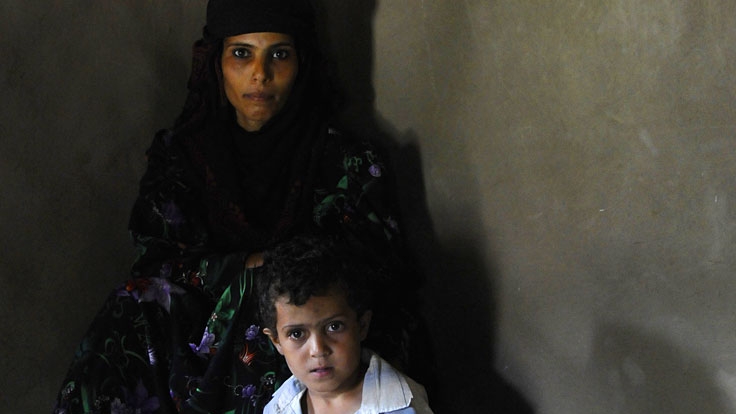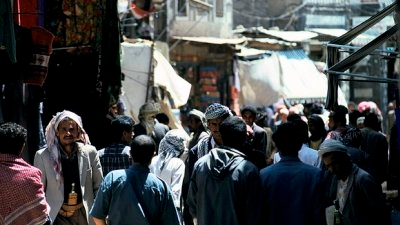Context
- Yemen has made significant progress following the adoption of a Gulf Cooperation Council initiative in November, 2011 that ended a year of political turmoil: a Government of National Reconciliation has been formed; a new president, Abd Rabbuh Mansur Al-Hadi has been sworn in; and a two year transition process has been launched that will draft a new constitution and culminate in new parliamentary and presidential elections.
- While reforms to address the causes of the unrest and lay the foundations for a more just and inclusive society are underway, the gains are fragile and could be undermined by any one of the multiple, immediate and long term challenges that Yemen faces. One of the poorest countries in the Arab region, the crisis exacerbated an already grave situation.
Immediate Challenges
- Economic activity contracted by 11 percent in 2011, with unemployment estimated to have doubled from the 2010 rate of 14.6 percent. Unemployment among young people is greater still, estimated at 60 percent.
- Food and consumer prices have also risen steeply, and official price data show an upsurge in annual inflation to 23 percent at the end of 2011.
- Poverty, which was already rising at the time of the crisis, is estimated to have increased from 42 percent of the population in 2009 to 54.5 percent at the end of 2011.
- 10 million Yemenis, just under half the population, are food insecure.
- Nearly one million children under age five are acutely malnourished.
- The dramatic and immediate negative impact of the 2011 crisis on individuals’ health and wellbeing can be directly traced to Yemen’s chronic under-development, particularly of basic social services.
- Already poor social services were further impacted by the crisis, leaving large parts of a vulnerable population without access to any form of basic services such as health and education, or a functioning social safety net system.
- Gender equality was severe before the crisis, with women representing only 0.6 percent of the labor force.
- Preliminary figures from 2011 indicate an even greater decrease in access to basic social services and economic opportunities, as well as high levels of gender-based violence as a result of the unrest.
- The security situation remains precarious with armed insurrections in the north and south, and increased activity from Islamic militants. Increased hostilities in the south have displaced 150,000 people since May 2011.


